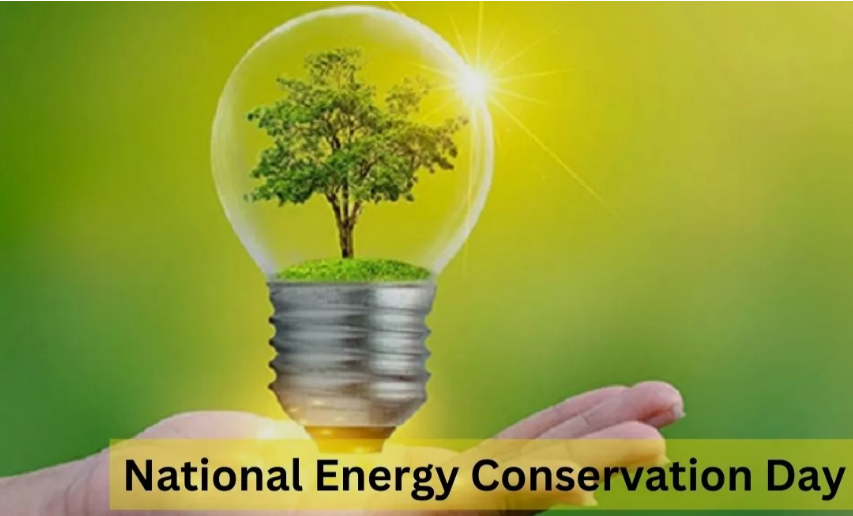




Source: INDIANEXPRESS
Disclaimer: Copyright infringement not intended.
Electric Vehicles are widely promoted as a green alternative to internal combustion engine vehicles due to their zero tailpipe emissions.
However a new study by researchers from TIFR, IIT Bombay and Columbia University reveals that EVs while solving one environmental crisis that is GHG emissions might exacerbate another: microplastic pollution from tyre wear.
Heavier EVs = More Tyre Wear
EVs are 15–20% heavier than ICE vehicles due to large battery packs (300–900 kg).
The heavier weight leads to increased friction and stress on tyres especially during acceleration and braking.
Emission of Plastic Particles
Tyre wear emits microplastics and nanoplastics—small rubber particles that are airborne pollutants.
Two categories of particles:
Small particles (1–10 µm): Remain suspended in the air, contribute to air pollution.
Large particles (>100 µm): Settle on the ground.
Fragmentation Processes
Primary fragmentation: Caused by potholes or sudden braking → more small particles.
Sequential fragmentation: Gradual wear → larger particles.
Road quality improvements may reduce large-particle emissions but not small ones.
Human Health Impact
Inhalation of fine plastic particles may cause respiratory issues and systemic toxicity.
Smaller particles may cross the alveolar-blood barrier and enter the bloodstream.
Ecological Risks
Accumulation of plastic particles in soil and water systems.
Entry into food chains potentially harming aquatic life and ecosystem balance.
EV penetration in India (2024): 2.5% of car sales.
Target: 30% EV sales by 2030.
China: Nearly 50% of car sales are EVs.
EVs contributed to ~20% of global new car sales in 2024 (IEA report).
The study has global relevance due to the universal push toward EV adoption.
Policy Reforms
Current PM2.5 and PM10 regulations may be inadequate to regulate tyre microplastics.
Regulatory frameworks must now address non-exhaust emissions.
Technological Innovations
Development of durable, low-shedding tyres specifically for EVs.
Research into tyre wear particle capture devices during real-time emissions.
Holistic EV Policy
Broader definition of emissions in EV policy.
Inclusion of life-cycle environmental impacts from manufacturing to disposal.
Incorporate microplastic data into air quality monitoring.
Revise vehicular emission norms to include non-exhaust sources.
Public awareness on environmental trade-offs of EVs.
Investment in R&D by tyre and automobile manufacturers.
Sources:
|
PRACTICE QUESTION Q. Electric vehicles while reducing carbon emissions may exacerbate other forms of environmental pollution. Critically examine in the light of recent research on tyre wear and microplastic emissions. 250 words |






© 2026 iasgyan. All right reserved